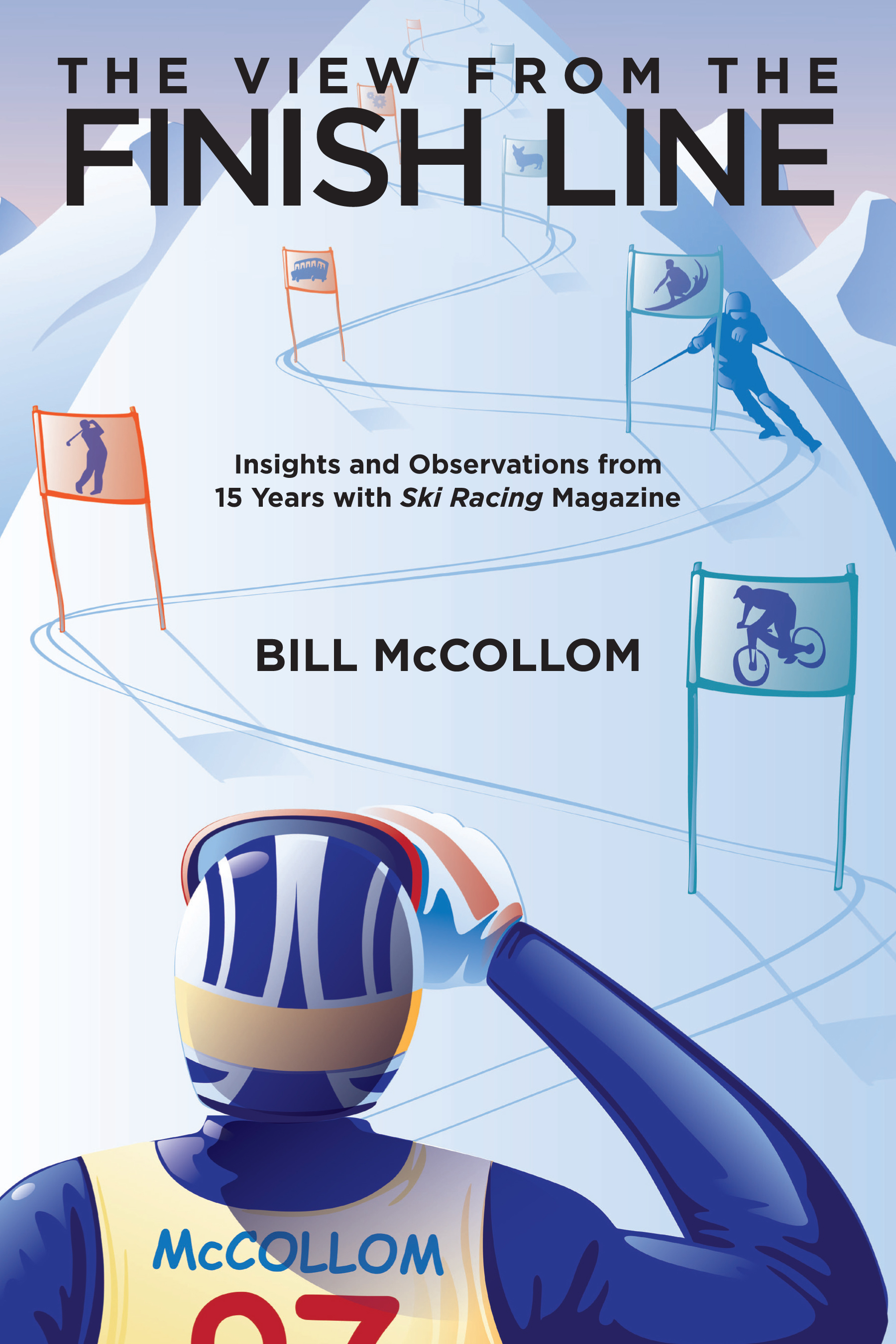Downhill: The Sanity Defense
An inside look at the classic downhills
What do Bormio, Val Gardena, Wengen, Kitzbuehel and Garmisch all have in common? Yes, they are all in the Alps and yes, they are all ski resorts, but you’re missing the point. They’re all sites for the most famous, classic World Cup downhill races. With Wengen and Kitzbuehel coming up this month, it’s time to pay attention to the greatest thrill on Earth, and perhaps the last vestige of sanctioned insanity in sports.
(Doug Lewis, the 1985 bronze medalist in downhill at the World Championships in Bormio, Italy, would beg to differ — at least about the insanity part.)
In the dawn of ski racing, I used to dabble in downhill. I couldn’t turn very well, but that was rarely a prerequisite for most of the Eastern downhills of that era. In most cases the trail configuration defined the course, and with all those trees lining the sides of the trail, gates were deemed unnecessary distractions. Frozen hay bales tied onto random trees provided “safety,” and grooming was an afterthought.
After a few decent showings on the local circuit, I tried my hand at a few major Western downhill races, where I was thoroughly trashed by the terrain, the jumps and the length of the courses. At one point, I thought I was going to land in the upper deck of the Vail base lodge off one of the “Giant Steps,” and at Aspen, I was sure I had ruptured my spleen after a high-speed traverse through a mogul field.
My swansong came when I was plucked out of the college racing circuit and invited to race in the World Cup downhill race at Cannon Mountain, N.H. Of course I wound up “Cannon fodder,” but it actually wasn’t as hair-raising as some of the Western tracks, except for the speed. Essentially, the course ran straight down the mountain, with one high-speed turn at the top of the near vertical “Avalanche Trail.” Then, a straight schuss down “Avalanche” took you onto the run-out of Profile Lake. Yes, it was a zippy descent — so zippy, in fact, it made my hair turn white. Upon thanking my lucky stars for life and limb at the finish, I no longer harbored any illusions about international downhill. I may have a few loose screws, but I’m not completely nuts.
Twenty years later, Doug Lewis from Middlebury, Vt., also grew up racing the same Eastern downhill circuit, but made a different choice, which culminated in that World Championship bronze medal. He now is a commentator for Universal Sports, covering the entire World Cup circuit. After eight years on the U.S. Ski Team in the 1980s, successfully racing the world’s toughest downhill tracks; and now analyzing the best in the world on TV, Lewis brings a unique perspective to the sport.
“No, I don’t think World Cup downhill racers are crazy,” said Lewis. “The crazy ones never last for long in this sport. You have to know your limits and respect the potential hazards, but I’ve never taken a risk that I didn’t think I could make.”
I’ve been fortunate to witness a few of the classic World Cup downhill races, and I must counter that most racers don’t seem to be giving sanity a great deal of respect. Lewis provided further ammunition to my impression. “The top speeds on the World Cup are at Wengen, where racers are consistently going over 90, and that’s two minutes into the race with 30 seconds left to go,” said Lewis, whose adrenaline probably spiked at the thought. Lewis went on to gleefully describe the little tunnel under the train tracks that racers go through that looks like the eye of a needle at 60 miles per hour, and the six-foot wide cat track and the unrelenting terrain racers must face at the bottom of the course after two minutes of leg-burning fury.
I was going to interrupt Lewis at that point and ask him if that isn’t crazy, what is? But he was probably bouncing around in his tuck while talking with me, and there was no stopping him now. “As for danger, at most downhills you can be hurt in one or two places, but at Kitzbuhel you can get destroyed in the first five seconds, at the finish area or anywhere in between,” said Lewis. It’s no wonder the survivors consume all the alcohol in a hundred-mile radius at the Londoner Pub after the race.
Lewis calls Bormio the most physically demanding, and after watching the World Championships there in 2005, I’d be the first to agree. It’s long, fast and consistently steep, with jump after jump and no place to rest from start to finish. Racers fly off one jump, make a brief change of direction and then land in just enough time to set up for another jump. It sure looks as if everyone is totally out of control with skis rattling and bouncing and arms flailing.
“As for air-time?” Lewis continued without hesitation. “That has to be the Camel Jumps at Val Gardena, where racers fly over 200 feet while they’re 30 feet above the ground. It’s a fun ride — like a smoothly flowing roller coaster. We counted 27 times when you’re actually in the air.”
Hyperventilating a bit at the thought of double jumping the Camel Jumps, Lewis could sense I was about to call for the guys in the white suits to come take him away. “You know I wasn’t born going 97 miles per hour,” he said in his defense. “I first went 30 and then 40, and pretty soon I was comfortable going 80. You just have to know your limits, never doubt yourself for one second and then be aggressive.”
There was one hole in Lewis’s sanity defense, however, when he admitted with a laugh: “No I wouldn’t be a passenger in a car with a World Cup downhill racer behind the wheel. At least not until they’ve been retired for five years.”
Check out the World Cup coverage and read Doug Lewis’ blogs at www.universalsports.com.

Note: This piece originally ran in January 2012 and is reprinted with permission from Bill McCollom. Read this and many more original takes on the sport in “The View from the Finish Line,” a 222-page paperback collection of McCollom’s contributions to Ski Racing, now available for $20 from Enfield Publishing.





















